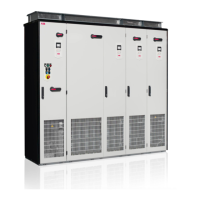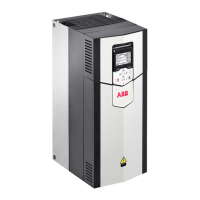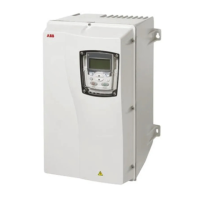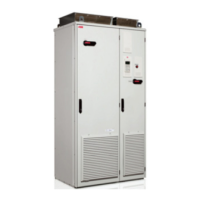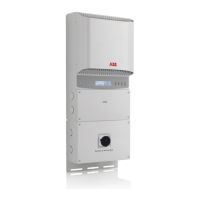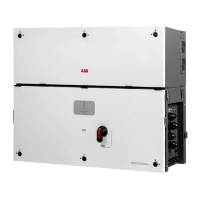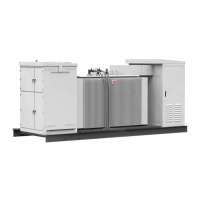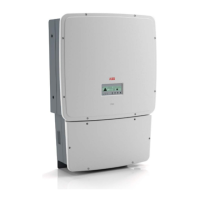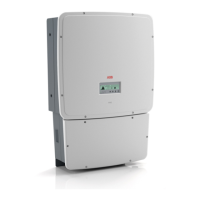WARNING!
Obey these instructions. If you ignore them, injury or death, or equipment
malfunction can occur, and electromagnetic interference can increase.
• If you are not a qualified electrician, do not do grounding work.
• Always ground the drive, the motor and adjoining equipment. This is necessary for the
personnel safety. Proper grounding also reduces electromagnetic emission and
interference.
• Make sure that the conductivity of the grounding conductors is sufficient. See the
electrical planning instructions of the drive. Obey the local regulations.
• Connect the power cable shields to protective earth (PE) of the drive to make sure of
personnel safety.
• Make a 360° grounding of the power and control cable shields at the cable entries to
suppress electromagnetic disturbances.
• In a multiple-drive installation, connect each drive separately to the protective earth
(PE) busbar of the switch board or the supply transformer.
Note:
• You can use power cable shields as grounding conductors only when their conductivity
is sufficient.
• As the normal touch current of the drive is higher than 3.5 mA AC or 10 mA DC, you
must use a fixed protective earth connection. The minimum size of the protective earthing
conductor must comply with the local safety regulations for high protective earthing
conductor current equipment. See standard IEC/EN 61800-5-1, 4.3.5.5.2.
Additional instructions for permanent magnet motor drives
■ Safety in installation, start-up, maintenance
These are additional warnings concerning permanent magnet motor drives. The other safety
instructions in this chapter are also valid.
WARNING!
Obey these instructions. If you ignore them, injury or death and damage to the
equipment can occur.
• Do not do work on the drive when the permanent magnet motor is rotating. A rotating
permanent magnet motor energizes the drive including its input power terminals.
Before installation, start-up and maintenance work on the drive:
•
Stop the drive and do the steps in section Electrical safety precautions (page 16).
• Disconnect the motor from the drive with a safety switch or by other means.
• If you cannot disconnect the motor, make sure that the motor cannot rotate during work.
Make sure that no other system, like hydraulic crawling drives, can rotate the motor
directly or through any mechanical connection like felt, nip, rope, etc.
• Measure that the installation is de-energized.
• Install temporary grounding to the drive output terminals (U2, V2, W2). Connect the
output terminals together as well as to the PE.
Safety instructions 19
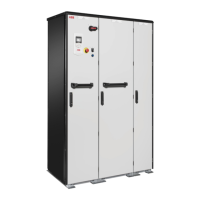
